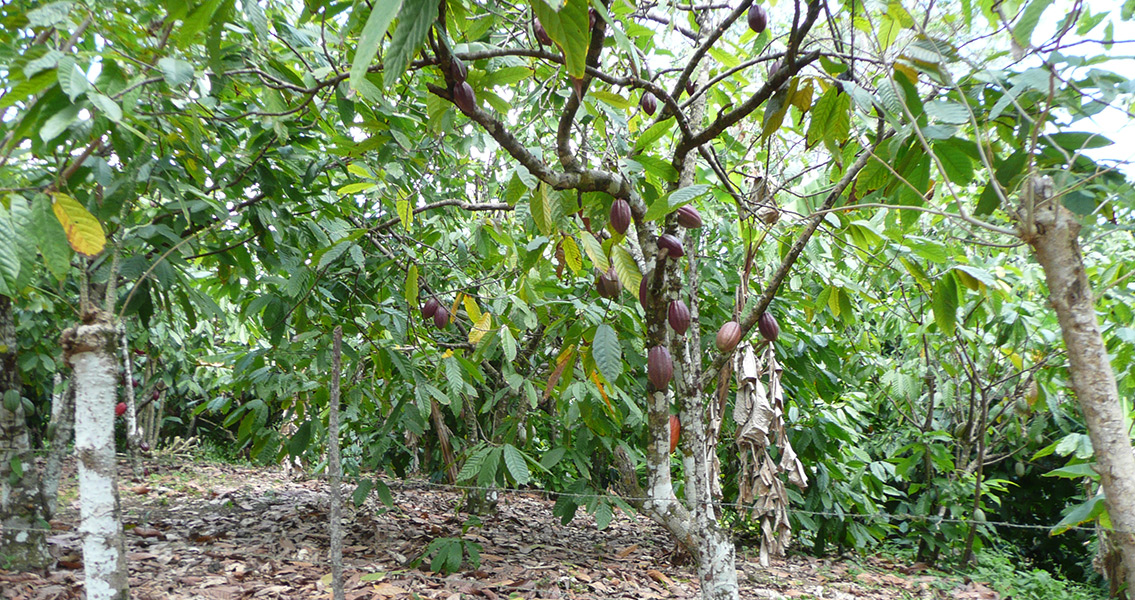<![CDATA[New research suggests that a small, genetic tweak which occurred approximately 10 million years ago may be responsible for all of the delicious chocolate consumed around the world today, and could lead to the discovery of genetically diverse Theobrama cacao trees in the wild, needed to protect the cacao trees and chocolate from extinction. According to a tropical botanist with the Royal Botanic Garden in Edinburgh, Scotland, it’s been shown for the first time that the Theobroma cacao tree is incredibly old for a typical Amazonian plant species and that the cacao trees' roots indicate that in the wild it has more genetic diversity than previously believed, therefore improving its long-term sustainability. Chocolate comes from the cacao pods which grow on the Theobroma cacao tree. On its journey from plain bean to chocolate bar, cacao is put through multiple steps including fermentation, drying and roasting the pod’s pulp, grinding which produces cocoa nibs, extracting and then reintroducing cocoa butter and finally, blending in milk and sugar. The vast majority of Theobroma cacao trees are grown as crops to satisfy a $100 billion worldwide sweet tooth. Cultivation has the unfortunate effect of making the trees very similar genetically. Crops which are genetically homogeneous are especially susceptible to a disastrous population collapse. For example, the most commonly eaten banana worldwide, known as the Cavendish variety, rose to prominence only after the Gros Michel variety was almost completely destroyed by a soil fungus (unlike cacao trees, banana trees are clones of each other, originating typically from a single plant in Southeast Asia). A lack of genetic variation in Theobrama trees would make them susceptible to blights and pests, and even climate change. In this current study, the researchers analyzed the cacao tree genome, which they described recently in the journal Frontiers in Ecology and Evolution. Their analysis revealed that the Theobroma genus diverged from Herrania, its closest cousin, approximately 12.7 million years ago, around the same time as the Andes Mountains majestically began to rise. The species responsible for the tasty crop we call chocolate emerged a few million years later. The Theobrama tree can be found on both sides of the Andes due to the fact the mountains weren’t yet tall enough to prevent the trees from spreading. Some scientists suggest that based on the occurrence of several geological events - Herrania and Theobroma may have parted ways as recently as 5 million years ago. It was a pleasant surprise for researchers when they discovered that cacao actually originated in South America so many millions of years ago. These new findings offer hope that somewhere lurking in the Amazon forests there are cacao trees able to provide the genetic variances which would be needed to fight off disease in the future. In addition, 10 million years of evolution could have produced a wide amount of variation within the species, variations that could exhibit novel flavors. ]]>
The Origins of Chocolate Found – and Why That’s Good News
